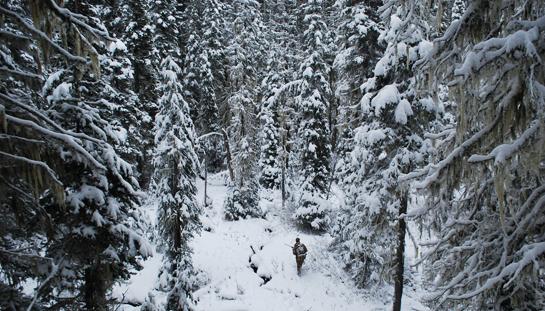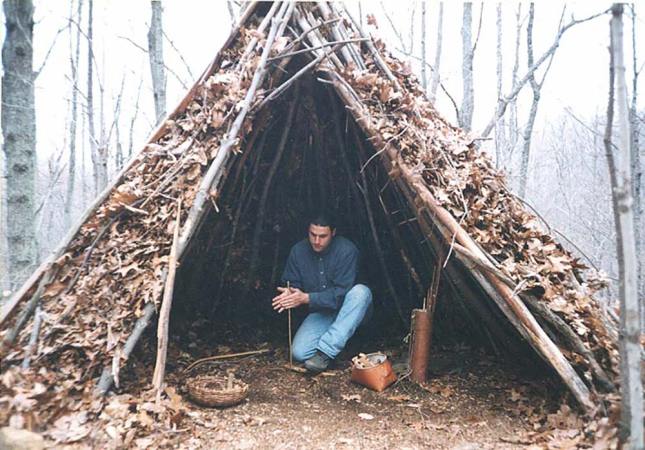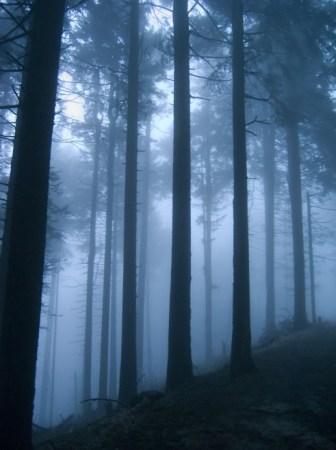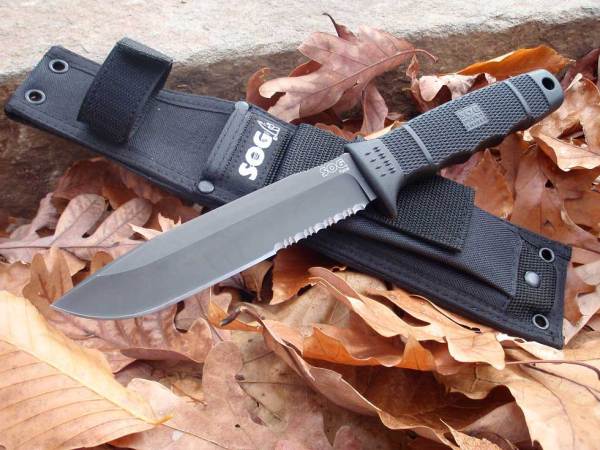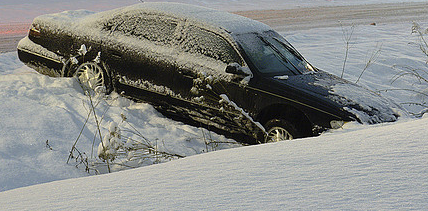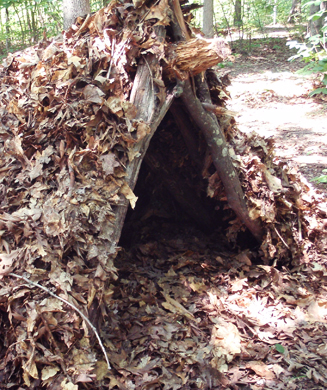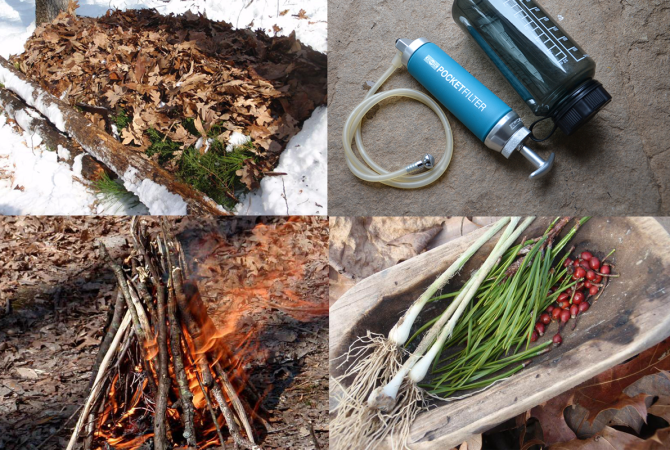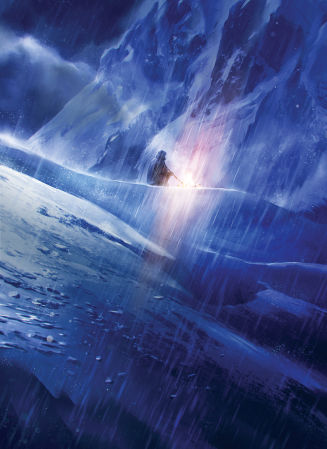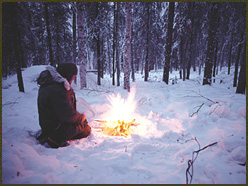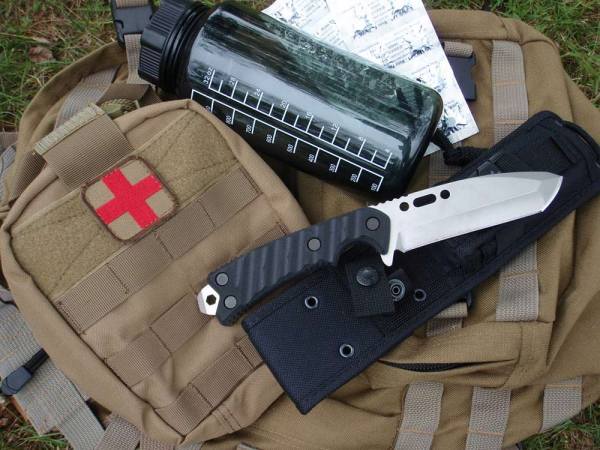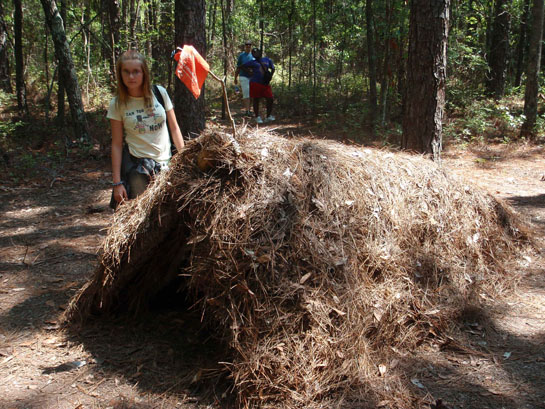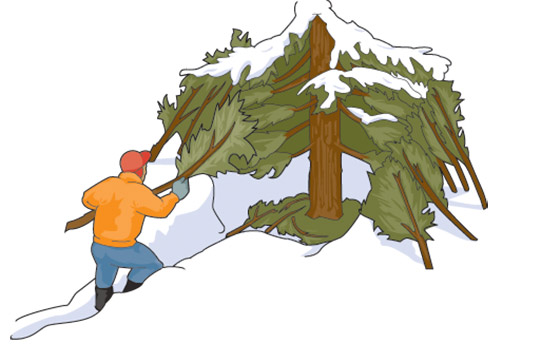Bad winter weather is one of the roughest backdrops you can have for a survival scenario. Every necessary task of subsistence becomes more difficult in the cold. Very often, little mistakes become amplified by these conditions. A winter survival situation is no time to cut corners or take unnecessary risks. This is about as challenging as it gets. To keep things simple, should you end up fighting the freeze, consider this list of do’s and don’ts for winter emergencies in the outdoors.
SHELTER
DO take shelter for your most critical survival priority. Use insulation and supplemental heat sources as much as possible. This might mean ripping up the upholstery in your vehicle to use as insulation, or placing hot stones in the floorboards of the car to warm it. Whatever you deem necessary to live, do it.
DON’T lose your shelter. Snow, fog, darkness, and other factors can make it hard to find your shelter again after you’ve left it to signal or scavenge. Mark the shelter with an improvised flag, something reflective or any other type of signal you have available. Not only will you be able to relocate your shelter more easily, your rescuers will have a better chance of finding it, too.
DON’T sleep directly on the snow or frozen ground. Even in a snow cave, you still need something under you. Grab some evergreen boughs, tree bark, leaves, or anything else that can block the icy grip of cold surfaces.
WATER
DO stay hydrated. Check your urine color and output as the most effective measure of hydration. If you haven’t urinated in many hours, and the color is dark yellow or amber, you are becoming dangerously dehydrated.
DON’T eat ice or snow. While it is a viable source of liquid, it should never be consumed as a frozen solid. This will chill your body core and bring on hypothermia quickly. Instead, try placing the snow or ice in a bottle, and placing it under your coat a€” but not next to your skin. Body heat under your coat will liquefy the frozen stuff into water for safer consumption.
FIRE
DO carry fire-starting materials and several ignition sources during cold-weather travel. Lighters, matches, and spark rods are great choicesa€”in that order. Carry Vaseline-soaked cotton balls, or fire starter packets to get cold, damp wood burning.
DON’T try to burn a fire in an open windy area, or directly on the snow. These are two recipes for disaster. If you must build fire in the open, build wind blocks. If building a fire over snow, cut some green wood to build a fire platform.
**
DANGERS**
DO check your hands, feet, face, and ears often for frostbite. Carry a staff or walking stick to check the depth of the snow. Build snow shoes to travel more efficiently, especially in deep snow.
DON’T leave the vehicle, if you have one in your scenario. Keep the roof and hood clear of snow, and the vehicle will act as a signal panel (less so with a white car).
DON’T fail to signal for help, often and vigorously. Fire, smoke, and mirrors are good signals. Having a charged cell phone is a better one. Time is precious in a survival ordeal, so use it wisely to provide for your basic needs and be sure to signal at every opportunity.
Got a winter survival tip to share? Let’s hear it in the comments.
